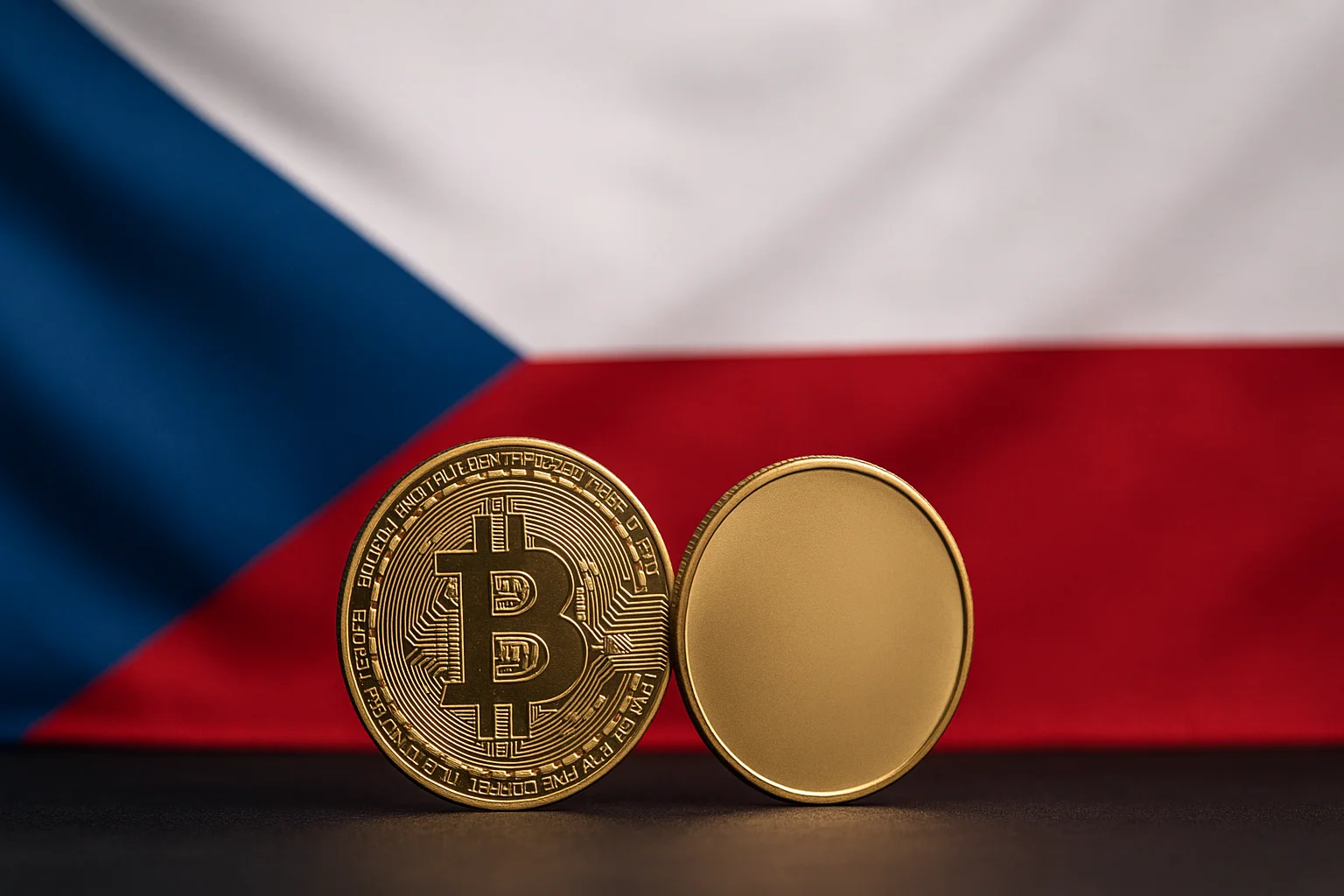The Czech National Bank (CNB) has taken a groundbreaking step for central banking in Europe. The bank announced the creation of a $1 million digital asset portfolio consisting of Bitcoin, a US dollar-pegged stablecoin, and a tokenized deposit. This portfolio is not part of the institution's official international reserves; it is a test account created solely for training, experience, and future planning purposes.
The Czech National Bank breaks the mold
Central banks are known to shy away from directly holding cryptocurrencies. Due to volatility, regulatory uncertainty, and institutional risks, digital assets have not been included on central banks' balance sheets until now. Therefore, the CNB's move is considered both a first in the European Union and a significant global milestone.
The CNB approved this pilot on October 30th. According to the bank's statement, the aim is to directly experience the processes of purchasing, storing, and managing blockchain-based assets. The experience gained from this process will be shared in regular reports over the next 2-3 years. The bank emphasizes that the total investment amount will not be increased and that this portfolio is financed independently of existing reserves.
The most interesting aspect of this pilot program is that Bitcoin will be included on a central bank's balance sheet for the first time. CNB President Aleš Michl says that this idea was first raised in January 2025. This proposal, criticized by European Central Bank (ECB) President Christine Lagarde at the time, has now received official approval from the CNB's board of directors. The Czech Republic, despite being an EU member, has not adopted the euro, giving its central bank more leeway.
Michl stated the following in a statement today: “I proposed the idea of a test portfolio in January 2025. Our goal was to understand how a decentralized asset like Bitcoin is positioned from a central bank perspective and to assess its potential for diversifying our reserves.”
The assets added to the bank's test portfolio aren't limited to Bitcoin. The portfolio also includes a USD stablecoin; this was included to better understand the practical application of the blockchain-based dollar. It also examines how a tokenized deposit and the digital representation of traditional financial assets work.




